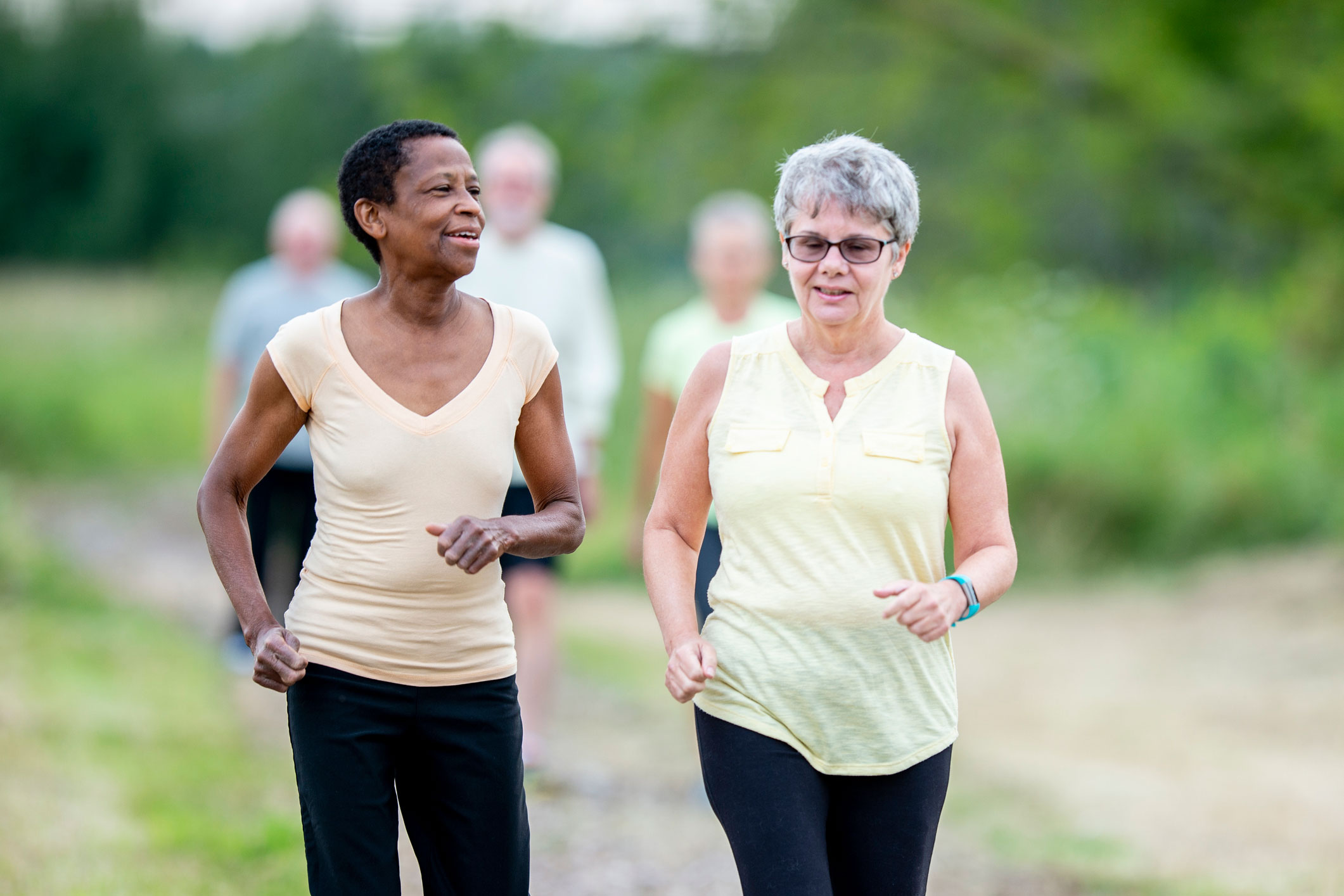By Ruth H. Satterberg
Occupational Therapist, Certified Lymphedema Therapist
Hospital of Central CT Cancer Institute
A lung cancer diagnosis can be extremely challenging. Lung cancer, different from breast cancer, often has more complications and challenges to overcome.
Evidence shows that physical and occupational therapy can be very helpful at all stages of the cancer journey by easing pain, increasing movement, decreasing stress and improving quality of life. By the time you’re diagnosed with lung cancer, the average patient is already having other problems — weakness, fatigue, difficulty breathing, pain and some difficulty with daily activities like getting in or out of the shower.
Studies also show that therapy can be helpful at each of the stages of cancer treatments.
Before Medical Treatment
By participating in an exercise program before any surgery, chemotherapy or radiation treatments, you can boost your strength, energy, lung capacity and decrease stress. A therapist will recommend increased level of activity in general.
Ideas might include:
- Walking daily.
- Walking a little farther than before.
- Walking more frequently.
- Lifting weights to increase strength and endurance. With this help, your body’s systems get an extra boost in power in preparation for the challenges ahead.
- Increasing participation in any enjoyable activity can also increase confidence, improve sleep and decrease anxieties.
One study shows that participation in exercise and physical therapy can decrease the amount of time in the hospital.
During Medical Treatment
Handling schedules and dealing with fatigue can be difficult. Physical therapy can help maintain strength and endurance, within the limits of your treatments. Loss of motion from surgical procedures, scar tissue and pain can be addressed at this time. Discomfort and tightness can be relieved with gentle manual therapy techniques.
An occupational therapist can help with energy conservation techniques, and help you accomplish the most important and meaningful tasks in your day. Using adaptive equipment like a shower chair or grab bars can help you bathe safely. A long-handled reacher to help with getting dressed can help maintain independence. There are many other adaptive utensils and techniques that can make life easier.
After Medical Treatment
The problems mentioned above might continue for many months after cancer treatments. The goal of therapy is to provide education about breathing techniques, stretching, postural training/correction, energy conservation tips, aerobic exercise guidelines and strength training guidelines to aid in the healing process.
Physical activity can help reduce risk of osteoporosis, cardiovascular disease and other health problems. It can also help to minimize the side effects of cancer treatment and surgery. Noninvasive manual therapy techniques are also helpful for lingering pain from surgical scars, alleviating pain and discomfort.
An exercise program should be gentle and progress slowly, especially if a patient has been inactive before the diagnosis. It is wise to obtain medical clearance before starting an exercise program.
Ruth H. Satterberg is an occupational therapist and certified lymphedema therapist at the Hartford HealthCare Cancer Institute at the Hospital of Central Connecticut.

